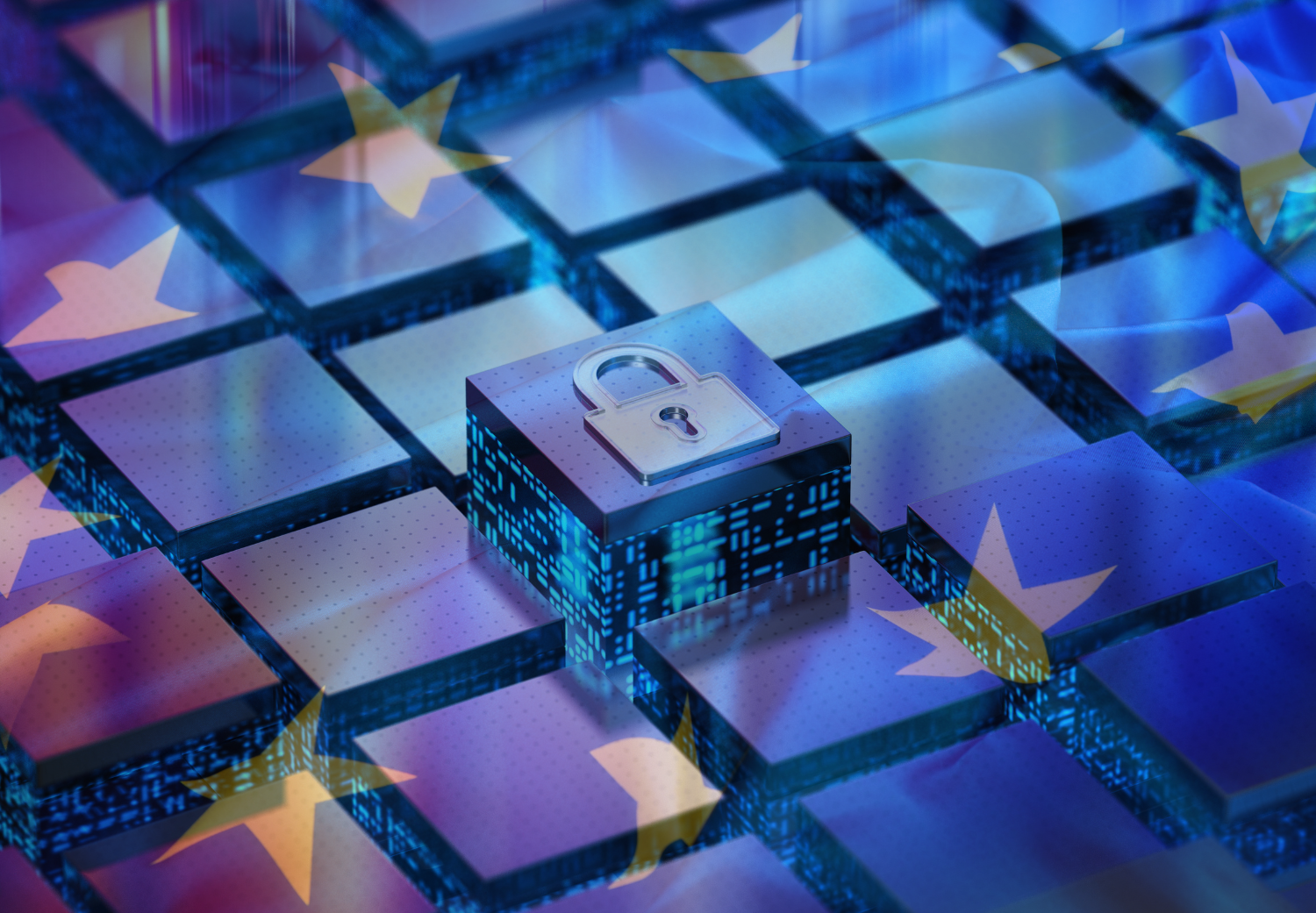In the past few years, Europe has experienced a dramatic shift in the cyber threat landscape, fueled by complex geopolitical tensions, rising ransomware and more automated attacks.
Cyberattacks against service availability and data breaches continue to rise, according to the EU Agency for Cybersecurity [ENISA], with disruptive attacks doubling in 2024 – largely at the hands of nation-state actors and hacktivists, especially around critical events like elections.
While this is happening, industries critical to public safety, such as healthcare, water and public administration, remain particularly vulnerable. These mounting threats prompted the European Commission to publish its latest EU Cybersecurity Strategy for the Digital Decade, which aims to build cyber resilience and ensure citizens and businesses benefit from trustworthy digital technologies.
The strategy is based on three pillars:
1. Building resilience and strategic digital sovereignty
2. Strengthening operational capacity for prevention and rapid response
3. Advancing international cooperation for an open and secure cyberspace
Against this backdrop, technological building blocks like Trusted OS are becoming increasingly prominent as essential safeguards to protect the digital devices of tomorrow.
That’s where Trustonic’s Kinibi Trusted OS comes into play.
Rising cyber threats meet EU regulatory policy
The Cyber Resilience Act [CRA], to be enforced by late 2027, will require digital products to demonstrate secure design, ongoing vulnerability management and safe update mechanisms throughout their lifecycle.
At the same time, the revised NIS2 Directive expands mandatory cybersecurity standards among industries including energy, finance, transport and healthcare, mandating incident reporting, risk management and secure design practices.
Aside from regulation, the solution-oriented approach laid out in the EU Cybersecurity Strategy and ENISA initiatives relies upon secure device infrastructure. Trustonic’s Kinibi Trusted OS supports these goals directly by providing:
- Hardware-backed isolation: Securing sensitive code, credentials and cryptographic operations within a separate, tamper-resilient environment.
- Secure lifecycle support: Enabling trusted updates and remote attestation, ensuring devices remain trustworthy over time.
- Certification compliance-readiness: Kinibi is certified to Common Criteria EAL5+ and GlobalPlatform standards – widely recognised benchmarks aligned with EU expectations.
Why the Kinibi Trusted OS is important to key EU initiatives
1. Enhancing overall resilience
Trusted OS like Kinibi reinforce baseline security against supply-chain or software compromise. By safeguarding boot processes, cryptography and credential storage at the firmware level, such environments align with the CRA’s mandate for resilience across product lifecycles.
2. Safeguarding critical infrastructure
Sectors under NIS2, for example, healthcare and energy, hinge on securing data and operational integrity. The Kinibi Trusted OS prevents device-level compromise from turning into broader system failures. In an environment where ransomware and DDoS attacks are on the rise, that matters immensely.
3. Enabling incident response and trust
With remote attestation, the Kinibi Trusted OS allows the operator and SOCs to verify device integrity before trusting sensor telemetry or signalling. That function is essential to the EU’s multi-layered incident response framework, which relies on coordinated trust across borders
4. Anchoring Technological Sovereignty
As the EU pushes to reduce dependence on non-European digital infrastructure – introducing its own vulnerability databases, DNS services and certification schemes – the Kinibi Trusted OS offers an EU-aligned, standards-compliant OS platform developed in Europe.
Securing against tomorrow’s threats
Rapid AI advancements, post-quantum computing, and hybrid cyber-physical attacks are forecasting new vulnerabilities by 2030. The Kinibi Trusted OS addresses this future by offering:
- Cryptographic agility – supporting validated algorithm suites and facilitating post-quantum updates.
- Secure update channels – with attestable software distribution.
- A foundation for resilient architectures – with compartmentalization that can evolve as threats become more automated and distributed.
Reinforcing Europe’s digital ecosystem
The EU’s strategy isn’t just about enforcing regulation – it’s about creating a secure, innovation-driven industrial ecosystem. With projects like DNS4EU, increased funding in cybersecurity [€1.3 billion under the Digital Europe Programme] and standards collaboration through bodies like ENISA and GlobalPlatform, Europe is coming together.
The Kinibi Trusted OS contributes directly because:
- It is GlobalPlatform compliant, ensuring standardized APIs for secure apps and collaboration.
- It is integrated in devices from European-led semiconductor ecosystems [e.g., collaborations with NXP, Renesas].
- It holds ANSSI Security Visa and Common Criteria certification – trusted Europe-wide certifications.
The result is an OS that can anchor key EU goals: reducing digital dependencies, promoting innovation in secure IoT and automotive and reinforcing competitive sovereignty.
A realistic view
Although the Kinibi Trusted OS isn’t a cure-all, it is a valuable building block in a broader EU security architecture: hardware roots of trust, agile crypto, secure lifecycle and certified compliance. These elements, woven into millions of devices, quietly uphold EU policies geared toward long-term resilience, transparency and trust.
Final thoughts
The EU Cybersecurity Strategy responds to real and evolving threats – whether they be nation-state actors, ransomware gangs, AI-augmented exploits or supply-chain weaknesses.
Embracing an industrial-grade Secure OS like Kinibi allows OEMs to bolster foundations in a world where digital compromise transcends virtual boundaries and finds its way into our physical world.
As Europe strengthens its cyber stance, through regulation, investment and international cooperation, the Kinibi Trusted OS offers a practical, future-aware bridge between policy and secured practice.
Get in touch to find out more about how our Kinibi Trusted OS could increase the security level of data within your organization.

